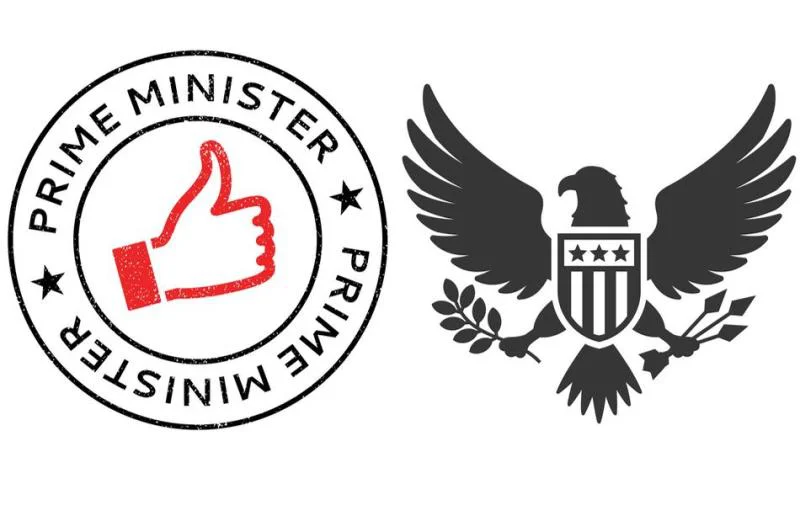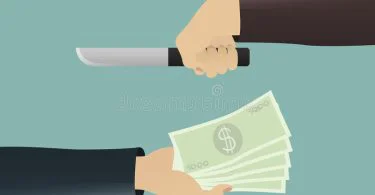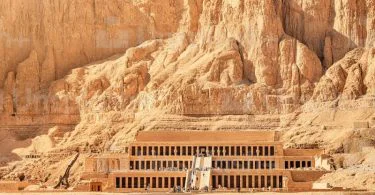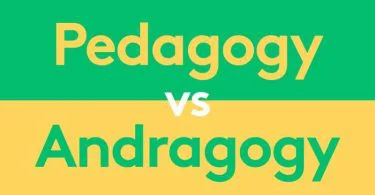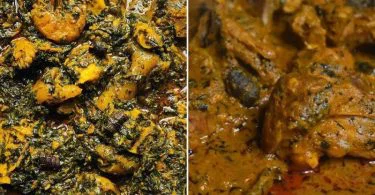The Prime Minister is the head of the government in a parliamentary system, responsible for running the country’s day-to-day affairs. On the other hand, the President is the head of state in a presidential system, responsible for upholding the constitution and representing the country domestically and internationally.
So in this article, we will differentiate between a Prime minister and a president.
Who is a Prime Minister?
A Prime Minister is the head of government in a parliamentary democracy. They are typically appointed by the country’s monarch or President and are responsible for overseeing the day-to-day operations of the government. The Prime Minister leads a cabinet of ministers and is accountable to the country’s legislative body, usually called the parliament. The Prime Minister’s role may vary depending on the country, but their responsibilities include proposing and implementing government policies, managing the economy, and appointing government officials. In contrast to a president, a Prime Minister does not typically have ceremonial or symbolic duties as head of state. The role and powers of a Prime Minister may vary from country to country depending on their constitutional framework. Overall, the Prime Minister is a key political figure in a parliamentary democracy and plays a crucial role in governing the country.
Who is the President?
A president is a head of state, government or organisation. In a political context, the term usually refers to the leader of a country who represents the people, upholds the constitution, and exercises executive power. A president may be elected or appointed, depending on the political system. In a presidential system, the President heads both state and government. In contrast, in a parliamentary system, the prime minister is the head of government, and the President or monarch is the head of state. The President’s role may vary depending on the country’s political system. Still, some typical duties include signing bills into law, representing the country in international affairs, and serving as military commander-in-chief. Presidents may also have the power to appoint and dismiss government officials, veto legislation passed by the legislative branch, and issue executive orders to enforce laws and policies. In some countries, such as the United States, the President is the head of state and government; their duties and powers are outlined in the country’s constitution.
Difference Between Prime Minister and President
The Prime Minister is appointed by the ruling party or coalition and is accountable to the parliament. The Prime Minister has the power to choose and dismiss ministers, propose policies, and pass laws with the support of the parliament. On the other hand, the President is the head of the state in a presidential system, responsible for upholding the constitution and representing the country domestically and internationally. They are usually elected by the people, either directly or indirectly, and are not accountable to the parliament. The President has the power to veto laws, appoint judges and ambassadors, and act as commander-in-chief of the armed forces.
In summary, while the Prime Minister is responsible for the government’s functioning, the President is responsible for the country’s overall well-being and symbolises the nation’s unity.

